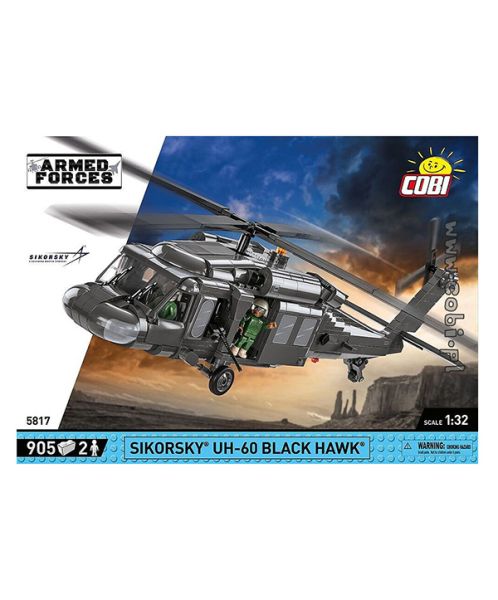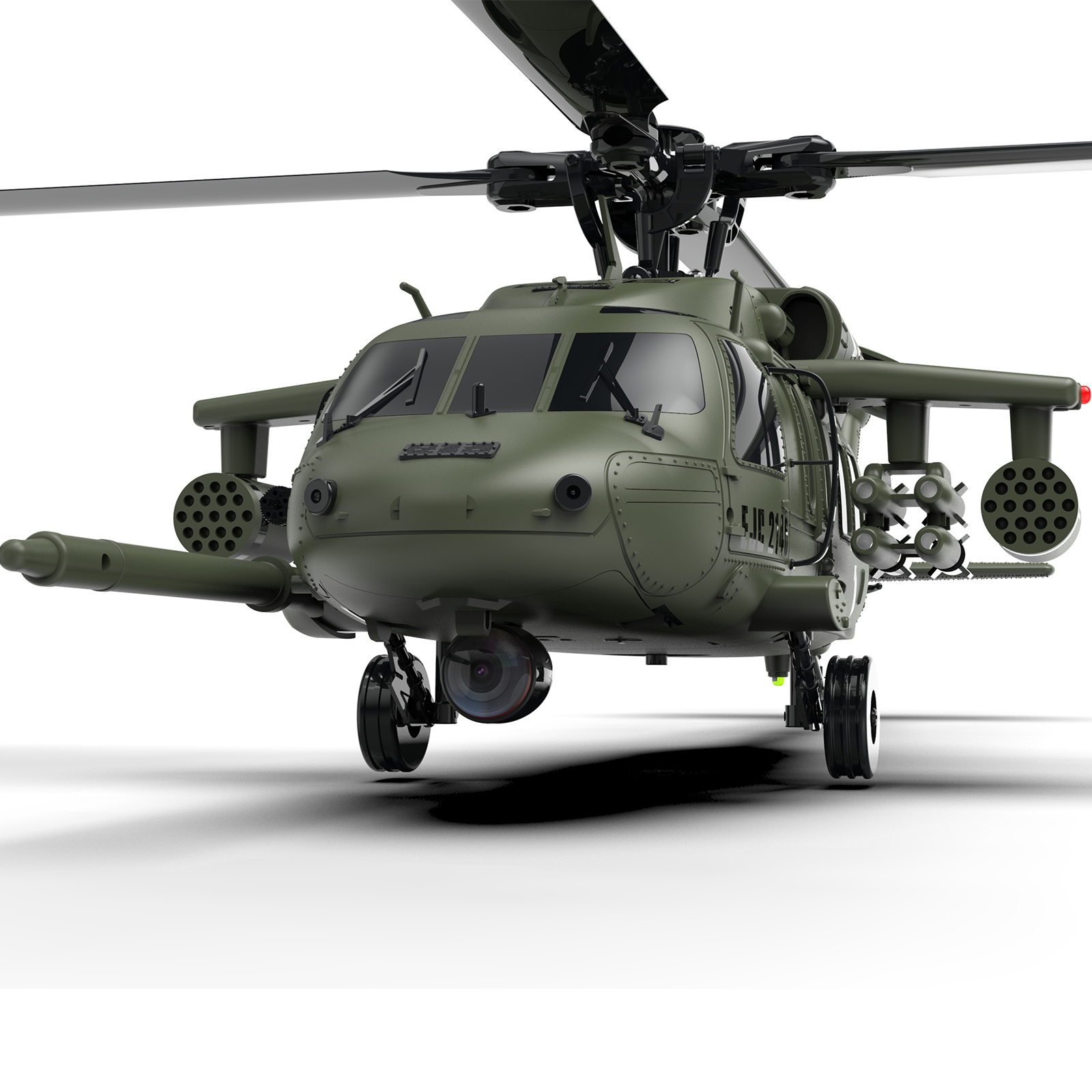Discover Detailed Specs and Performance Metrics of the UH60 Aircraft
Discover Detailed Specs and Performance Metrics of the UH60 Aircraft
Blog Article
Discovering the Adaptability and Attributes of the UH60 Helicopter
The UH-60 helicopter, a hallmark of modern aviation, exemplifies a blend of versatility and technical refinement that has actually transformed altruistic and army procedures considering that its creation in the late 1970s. As we analyze the multifaceted features of the UH-60, it comes to be obvious that its impact extends much beyond the field of battle, increasing inquiries concerning its prospective innovations and future applications.
Background of the UH-60
The UH-60 Black Hawk helicopter was established in the late 1970s as a reaction to the united state Army's need for a functional, multi-role utility airplane efficient in performing numerous objectives. The task was started after the Vietnam Battle, where the restrictions of existing helicopters became obvious. The Army looked for an aircraft that could deliver troops, materials, and medevac workers successfully across diverse terrains and problems.
The design process was led by Sikorsky Airplane, which focused on producing a helicopter that integrated durability, rate, and agility. The Black Hawk made its initial flight in 1974, and by 1979, it was formally introduced into the Army's fleet. It rapidly acquired acknowledgment for its robust style and functional capabilities, ending up being a staple in military air travel.
Throughout the years, the UH-60 has seen many upgrades and adaptations, allowing it to accomplish different functions in combat and humanitarian missions. Its efficiency in conflicts such as the Gulf Battle and procedures in Somalia and Kosovo solidified its reputation as an essential asset for modern army forces - UH60. The Black Hawk remains in service today, continuously advancing to fulfill the demands of modern warfare and rescue operations
Trick Features and Requirements
Lots of take into consideration the UH-60 Black Hawk to be among one of the most versatile helicopters in armed forces aeronautics, flaunting a variety of crucial features and requirements that improve its functional efficiency. The aircraft is powered by 2 General Electric T700-GE-701C engines, supplying a maximum power outcome of 1,800 shaft horsepower each, which permits for high efficiency in various atmospheres and elevations.
The UH-60's maximum speed is roughly 156 knots (180 miles per hour), with a solution ceiling of 19,000 feet, and a variety of around 400 maritime miles. Its durable building includes a steel airframe and composite rotor blades, guaranteeing sturdiness and strength throughout missions. The helicopter includes a four-blade main rotor system, which adds to its agility and security in flight.
Furnished with innovative avionics, including the Integrated Digital Trip Control System (IDFCS), the UH-60 enables for accuracy navigation and boosted situational awareness. Furthermore, it has a maximum payload capability of 8,000 pounds, allowing it to carry soldiers, products, or tools successfully. These specifications, incorporated with its versatility, make the UH-60 Black Hawk a vital possession in various army operations worldwide.
Versatile Mission Abilities
Versatile goal capacities define the UH-60 Black Hawk's role in armed forces operations, enabling it to do a large range of jobs past simple troop transport. This helicopter is developed to sustain different objectives, consisting of medical discharge, search and rescue, and logistical support, making it an indispensable property on the battlefield.
The Black Hawk's multi-role setup allows it to adapt swiftly to altering functional requirements. It can be outfitted with clinical devices for quick casualty evacuation, therefore conserving lives in vital circumstances. Additionally, its capability to carry supplies and personnel in varied settings boosts functional efficiency.

The helicopter's convenience is further matched by its capability to run in different settings, from metropolitan settings to tough terrains, ensuring objective success despite problems. Overall, the UH-60 Black Hawk sticks out as a trusted system, efficient in implementing varied goals that are crucial for contemporary military operations.

Advanced Technology Assimilation
Including cutting-edge modern technology, the UH-60 Black Hawk enhances its functional efficiency and situational awareness on the battleground. Central to its innovative abilities is the combination of advanced avionics systems, which provide pilots with real-time data and boosted navigating devices. The airplane makes use of an electronic cockpit that includes multifunction display screens, allowing for structured accessibility to vital flight info and enhanced decision-making processes.
Furthermore, the UH-60 is equipped with sophisticated communication systems that ensure reliable and safe and secure connectivity amongst crew participants and command. This combination facilitates worked with operations and enhances goal success rates in vibrant atmospheres. Additionally, the helicopter employs sophisticated sensing unit modern technologies, including Positive Infrared (FLIR) and radar systems, which dramatically improve target procurement and threat detection, also in negative climate condition.

The Black Hawk's capacity to integrate various tool systems, such as gatling gun and rocket launchers, even more highlights its adaptability. UH60. The combination of these innovations not only makes the most of the helicopter's operational capabilities yet likewise guarantees it stays efficient in diverse mission accounts, from army transport to medevac and close air assistance
International Impact and Usage
Deploying the UH-60 Black Hawk throughout varied operational theaters has considerably shaped army approaches and humanitarian efforts worldwide. Its convenience makes it possible for a variety of missions, consisting of troop transport, clinical emptying, and logistical assistance, making it an invaluable property for militaries worldwide. The helicopter's design helps with rapid see post release, enabling for speedy actions in conflict areas and disaster-stricken areas.
In army contexts, the Black Hawk has confirmed pivotal in procedures that require fast insertion and extraction of workers, enhancing functional effectiveness. Its usage in joint multinational exercises has actually fostered interoperability amongst allied forces, reinforcing global protection networks.
Additionally, the UH-60 plays a critical function in altruistic missions, supplying important assistance throughout natural calamities. Its ability to move aid and leave damaged individuals has contributed in saving lives and bring back order in dilemma scenarios.
The adaptability of the UH-60 Black Hawk, alongside its proven dependability, makes sure that it continues to be a foundation of modern-day aviation, influencing not only armed forces procedures yet also humanitarian efforts across the globe (UH60). This diverse effect underscores the helicopter's relevance in both protection and emergency situation feedback scenarios
Conclusion
Finally, the UH-60 helicopter exhibits an impressive mix of convenience and progressed technical combination, solidifying its role as a vital asset in both army and altruistic contexts. Its robust design, powered by twin GE T700 engines, allows for efficient army transport, medical evacuation, and reconnaissance goals. The innovative avionics and sensor systems enhance functional performance across diverse settings, highlighting the enduring significance of the UH-60 in modern air travel and its worldwide influence on numerous procedures.
The UH-60 helicopter, a hallmark of modern-day air resource travel, exemplifies a mix of adaptability and technological refinement that has actually transformed humanitarian and army operations given that its creation in the late 1970s.The UH-60 Black Hawk helicopter was developed in the late 1970s as a feedback to the U.S. Military's requirement for a versatile, multi-role energy aircraft capable of executing different goals.Throughout the years, the UH-60 has seen countless upgrades and adaptations, allowing it to meet various duties in combat and altruistic missions. These requirements, combined with its flexibility, make the UH-60 Black Hawk an important property in different army operations worldwide.
In final thought, the UH-60 helicopter exemplifies an exceptional mix of flexibility and progressed technological combination, strengthening its role as a crucial reference property in both humanitarian and armed forces contexts.
Report this page